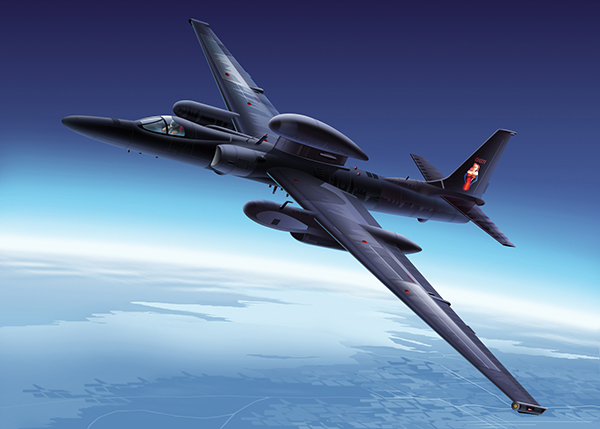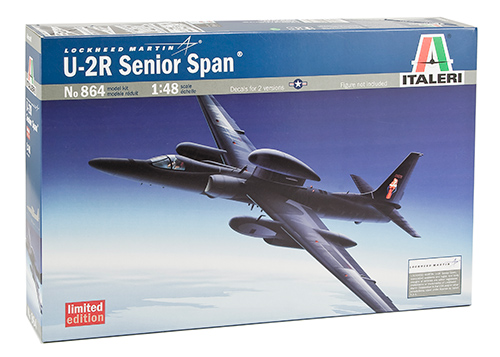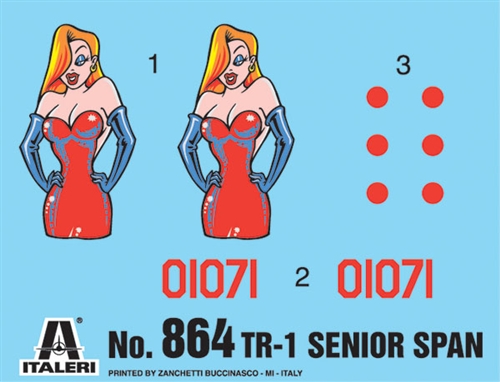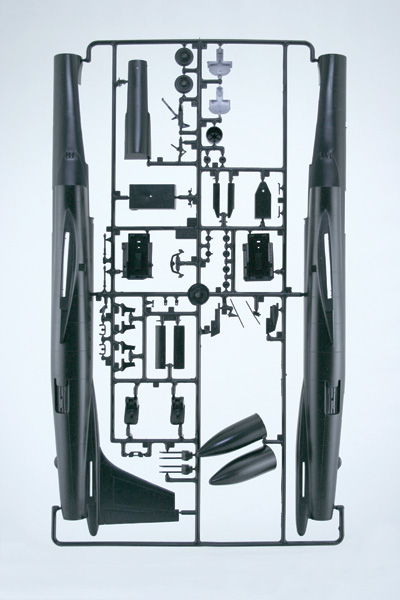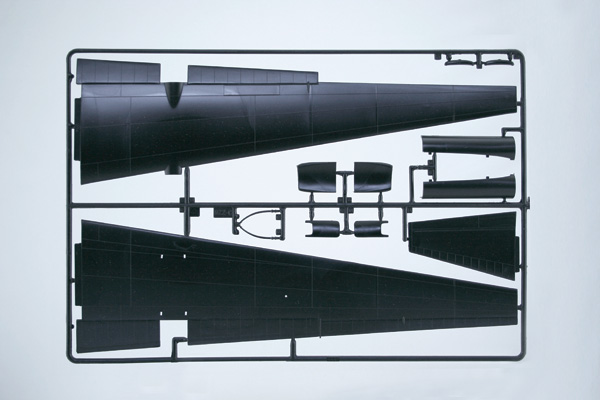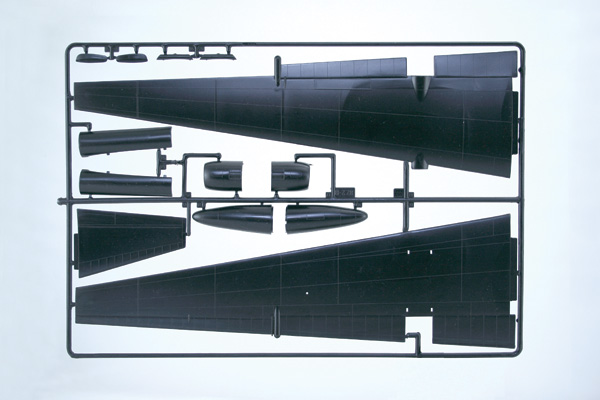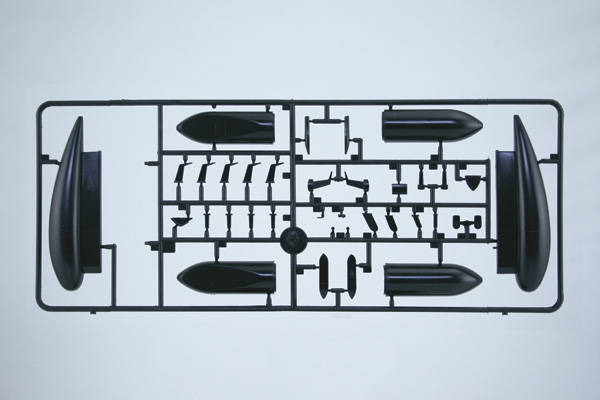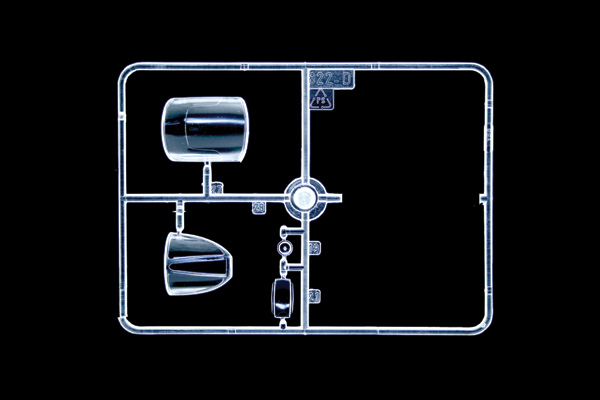U - 2R Senior Span LIMITED EDITION
Type Bombers and reconnaissance aircrafts
Period from '50
Country United States
SKILL 4
Model Dim. 31,7 cm
Box Dim. 241x60x373 mm

Description
In the early 1950s, the U.S. military required a strategic reconnaissance aircraft to help determine Soviet military capabilities. It was thought an aircraft that could fly at no less 70,000 feet (21,000 m) would be beyond the reach of Soviet fighters, missiles, and even radar. This would allow "overflights" knowingly violating a country's airspace to take aerial pictures. The first flight occurred at the Groom Lake test site (the famous Area 51) on 1 August 1955. The sailplane-like wings were so efficient that the aircraft climbed into the air at 70 knots (130 km/h). The U-2R, first flown in 1967, is significantly larger and more capable than the original aircraft. A tactical reconnaissance version, the TR-1A, first flew in August 1981. A distinguishing feature of these aircraft is the addition of a large instrumentation "superpod" under each wing. Designed for standoff tactical reconnaissance in Europe, the TR-1A was structurally identical to the U-2R. In 1992 all TR-1s and U-2s (all U-2Rs) were designated U-2Rs.
